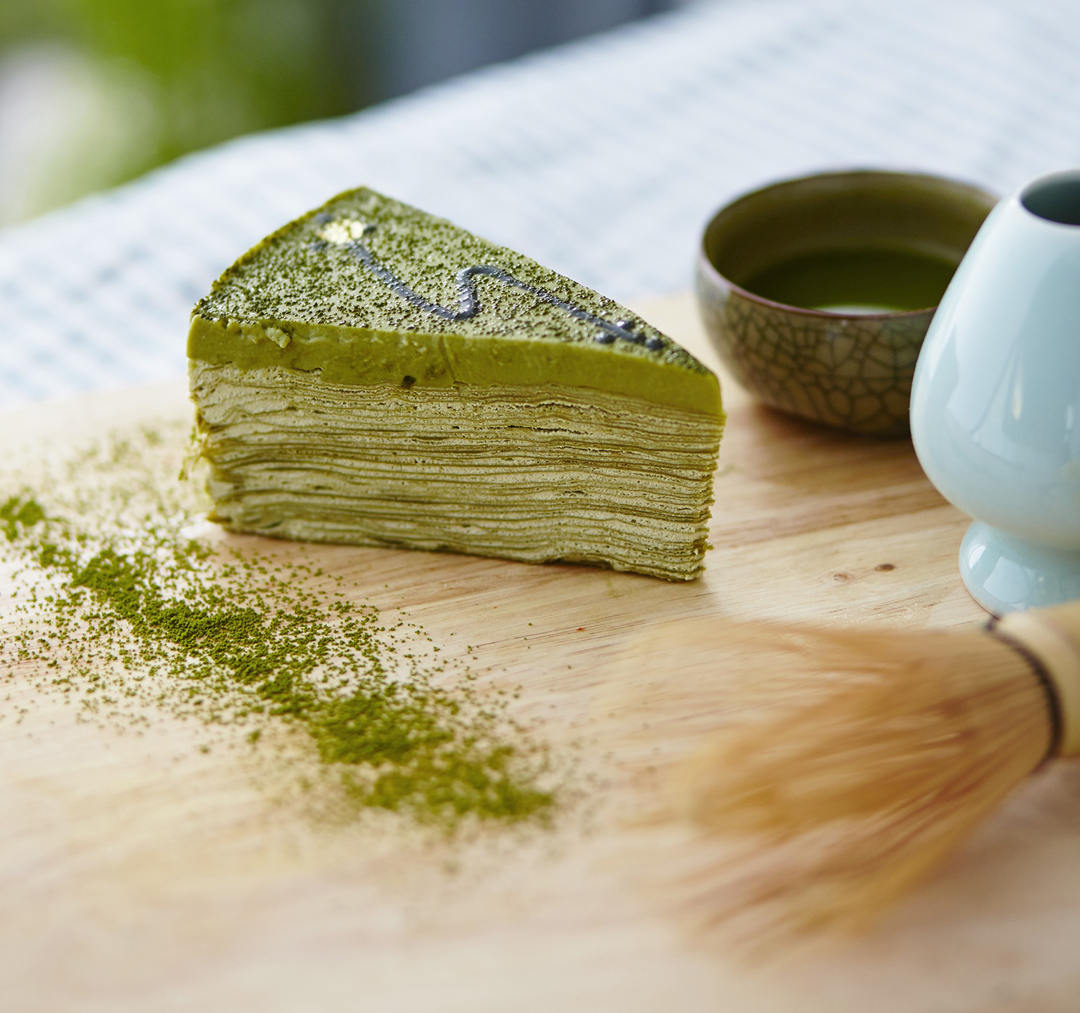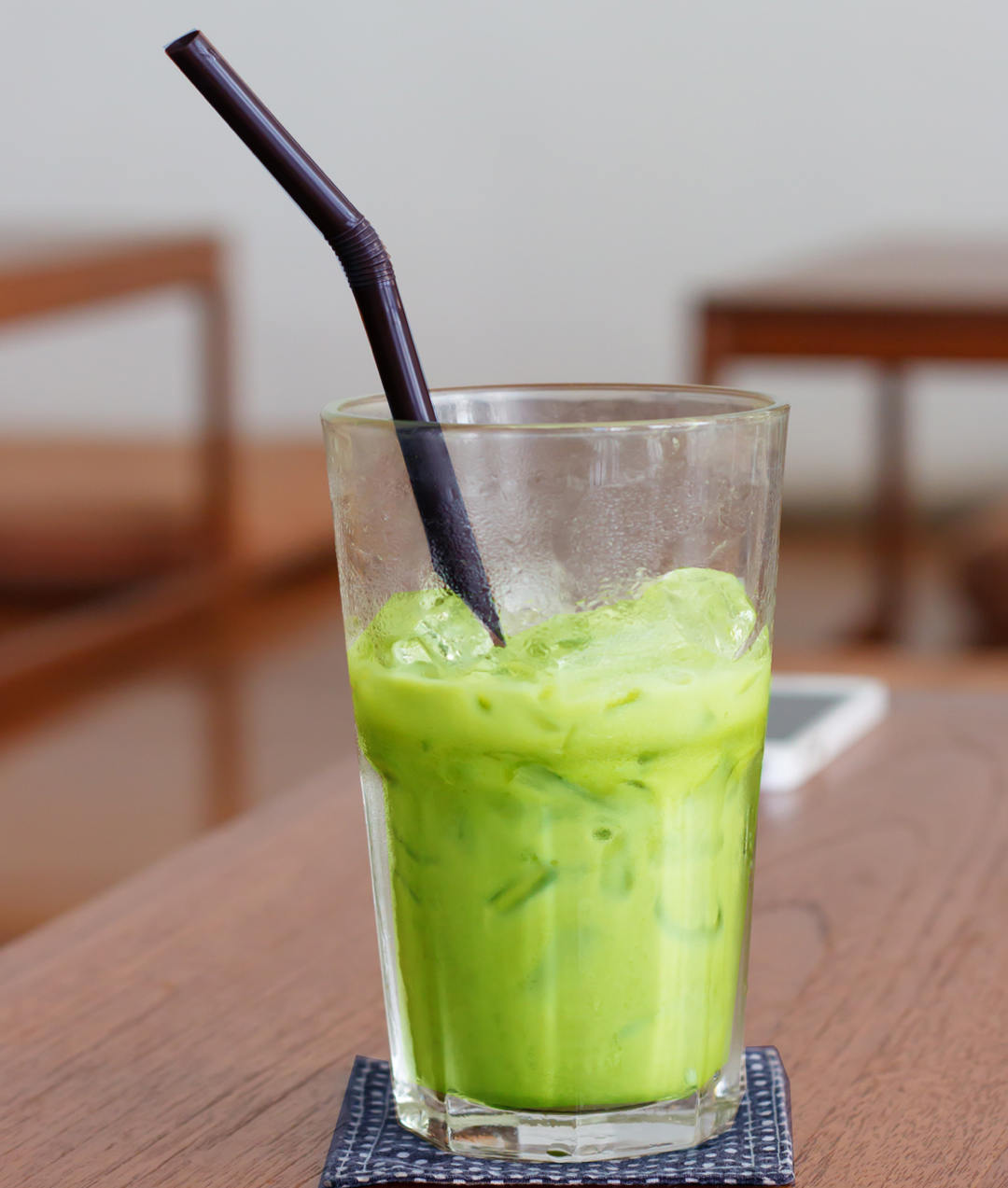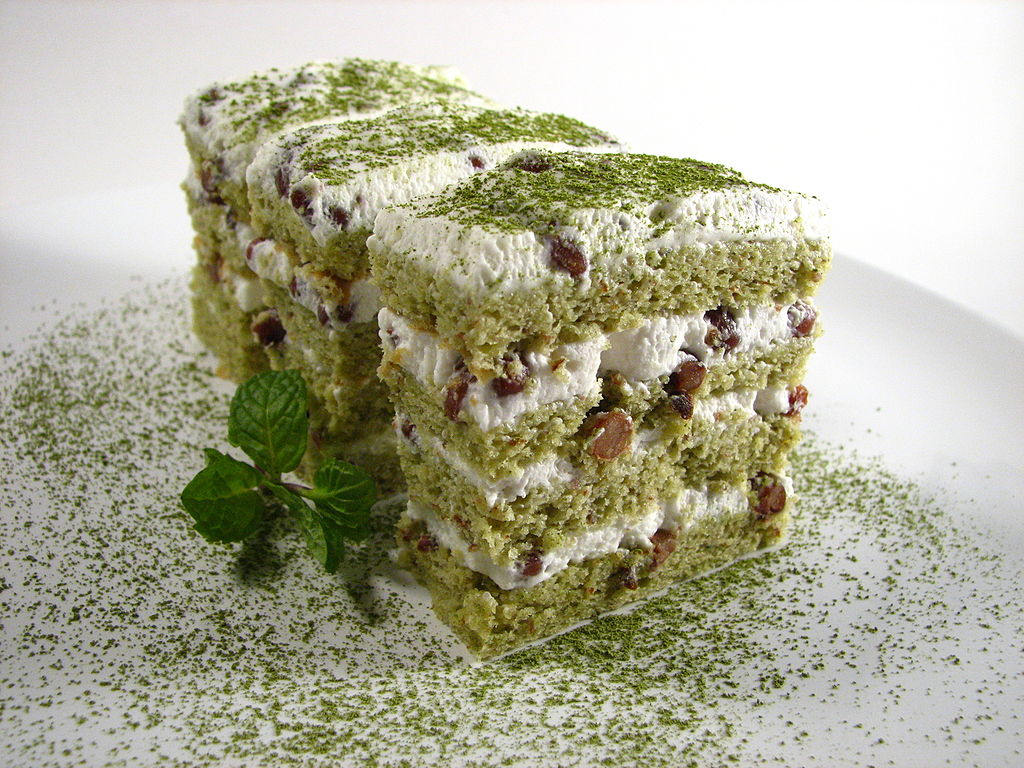
Matcha tea: antioxidant, slimming and energetic
Infusion-lovers are in luck. Today we decided to investigate and find out more about matcha tea, which is incredibly fashionable among celebrities around the world, like Gwyneth Paltrow, Jennifer Lopez, Ashley Olsen or Jessica Alba, true addicts of this tea who consume it with milk or by adding it to their meals.
Matcha tea has innumerable properties. It is digestive, antioxidant, relaxing, immunoprotective and accelerates our metabolism.
Matcha tea was originated in China during the Song dynasty. In 1191, the Buddhist monk Eisai introduced this tea to Japan, along with (Zen) Buddhism. Over time, matcha tea disappeared in China, but it began to bloom in Japan thanks to Buddhist monasteries customs. Later, between the fourteenth and sixteenth centuries, the upper classes of Japanese society adopted this tea.
But… What’s in this infusion that everyone is talking about? Simple, it’s an extremely healthy drink due to its innumerable properties. In fact, besides from improving digestion, it has great antioxidant properties. And it’s relaxing, immunoprotective and accelerates your metabolism. What more could you ask for?
MATCHA TEA: A LUXURY SUPER FOOD
According to a study, matcha tea has 137 polyphenols more than a cup of normal green tea and the antioxidants equivalent of 10 cups of green tea. With these data, it isn’t surprising that matcha tea is now known as the new super food.

Another benefit of matcha tea is its detox power. Matcha tea not only helps us keep our body running at full capacity. A study also found that a daily dose of matcha provided a protective effect on the liver and kidney. Other studies have shown that regular matcha users had a lower risk of developing type 2 diabetes, by helping lower blood sugar levels.
Unlike the rest of teas, matcha tea isn’t consumed by infusing the leaves, but by crushing them until you get a fine powder to which you add hot water, this will help take advantage of all of the leaves’ compounds’ properties.
In addition, a portion of matcha tea has less caffeine but more nutrients than coffee. This means extra energy to start the day well. Because matcha leaves are protected by sunlight before they’re harvested, which helps them retain a lot of their natural chlorophyll, a substance that has been shown to help increase natural energy.
In fact, matcha tea contains 35 milligrams of caffeine per gram of powder, which is released for 3-5 hours; provides constant concentration for several hours; supports the immune system, prevents diseases, helps achieve a faster metabolism and prolonged health… how had we not discovered it before?

In addition, for those people who get moody by just thinking about dieting, matcha tea is one of the most recommended options for losing weight. Its high teina content accelerates your metabolism, which decreases your digestive process time. On the other hand, matcha tea stimulates the production of gastric juices and has an appetite regulating effect, as it controls insulin spikes.
A JAPANESE RITE WITH MULTIPLE BENEFITS
And why is it so? Let us explain. To get this tea variety they cover up the shrubs in which it grows for about a month before picking them, to hide them from the sun and thus slow its growth. That way, they get leaves with an intense green color due to their high chlorophyll content. And with this process the tea also gains amino acids, thus creating a sweeter tea. One curious and important fact is that the best quality matcha tea has a sweeter and more intense flavor. The most common varieties are obtained from the last harvests of the season and have less flavor.
We can find matcha in sweets like wagashi, castella, manju, monaka and kakigori. It can also be consumed in milk shakes, ice creams, puddings and other Western desserts.
In addition, unlike the rest of teas, matcha tea isn’t consumed by infusing the leaves, but by crushing them until you get a fine powder to which you add hot water, this will help take advantage of all of the leaves’ compounds’ properties. For a correct tea preparation, we recommend using a special bamboo teaspoon called chashaku on a tea bowl. Add a bit of water, but not too hot. Then, stir the mixture rapidly with a bamboo brush called chasen until you get a creamy consistency with foam on the surface.
This gives it a very particular flavor that is hard to describe, something like a mixture of cut grass and tea. It has a fresh taste, slightly bitter and very addictive.
Matcha is also an ingredient in Japanese pastries. We can find it in sweets like wagashi, castella, manju, monaka and kakigori. It can also be consumed in milk shakes, ice creams, puddings and other Western desserts.








